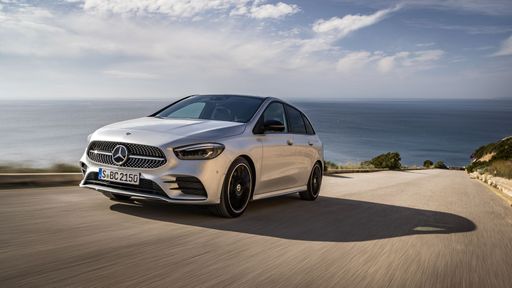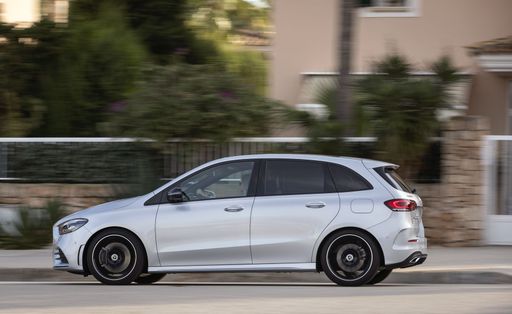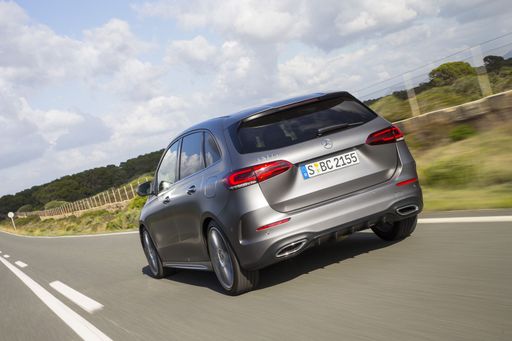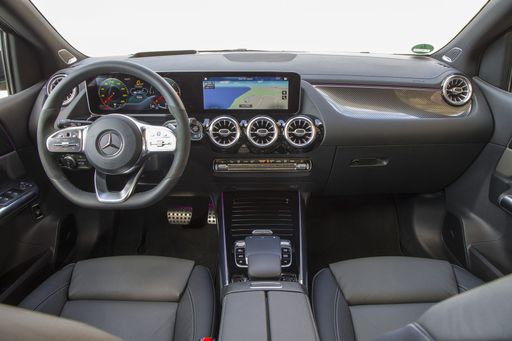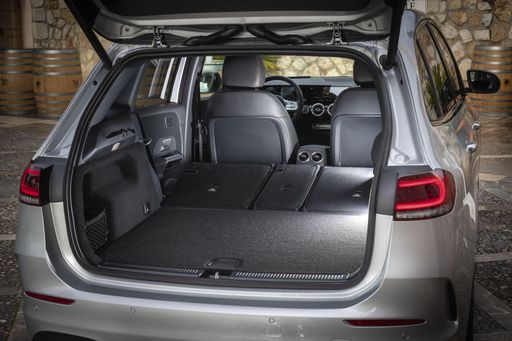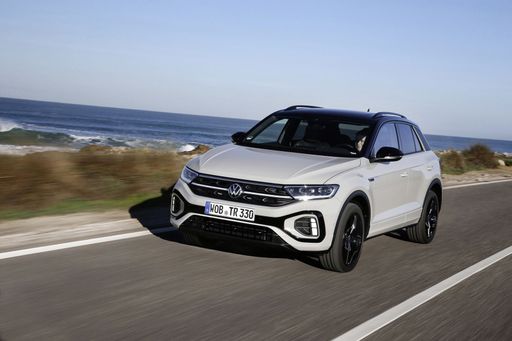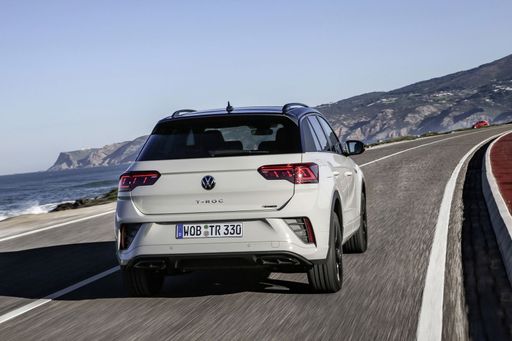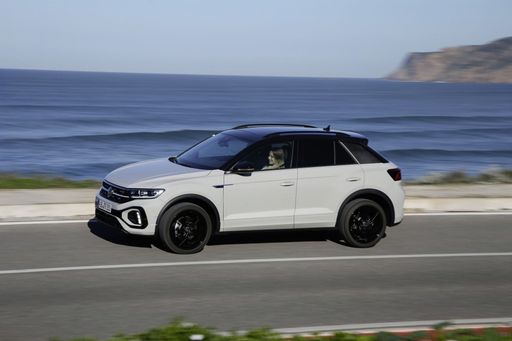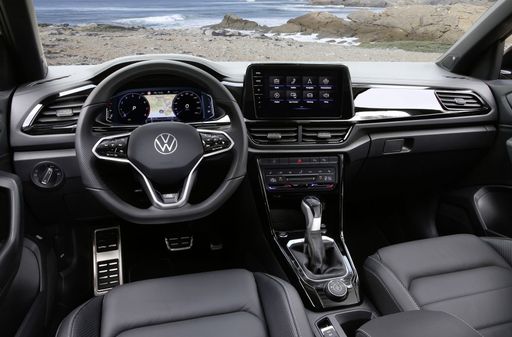Introduction: Comparing Two Icons
In the ever-evolving landscape of compact vehicles, the Mercedes B-Klasse and VW T-Roc stand out for their unique offerings. While the B-Klasse embodies the legacy of luxury and practicality from Mercedes-Benz, the T-Roc presents a modern SUV alternative from Volkswagen. This comparison delves into key technical aspects and innovations that set these two models apart, catering to unique driver preferences.

